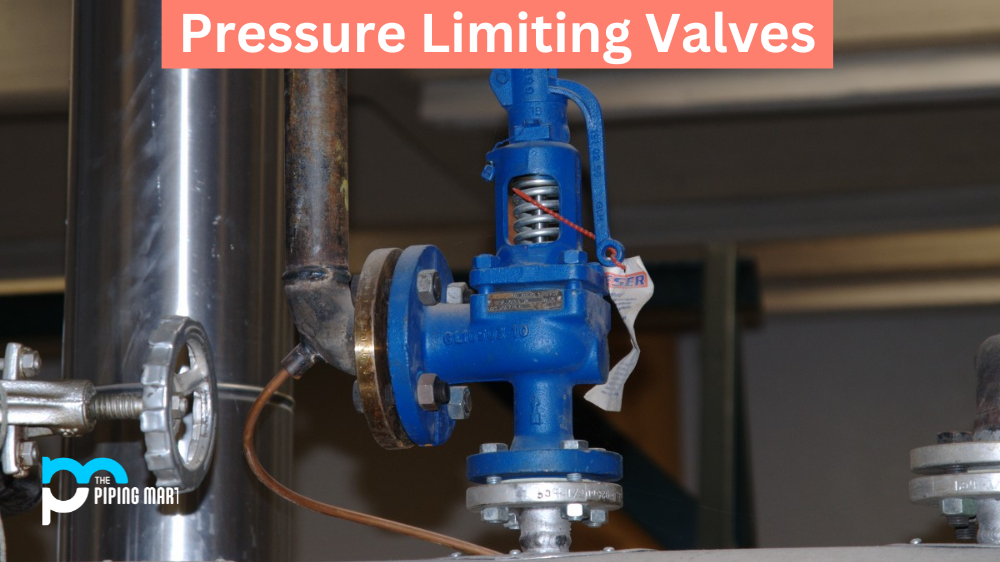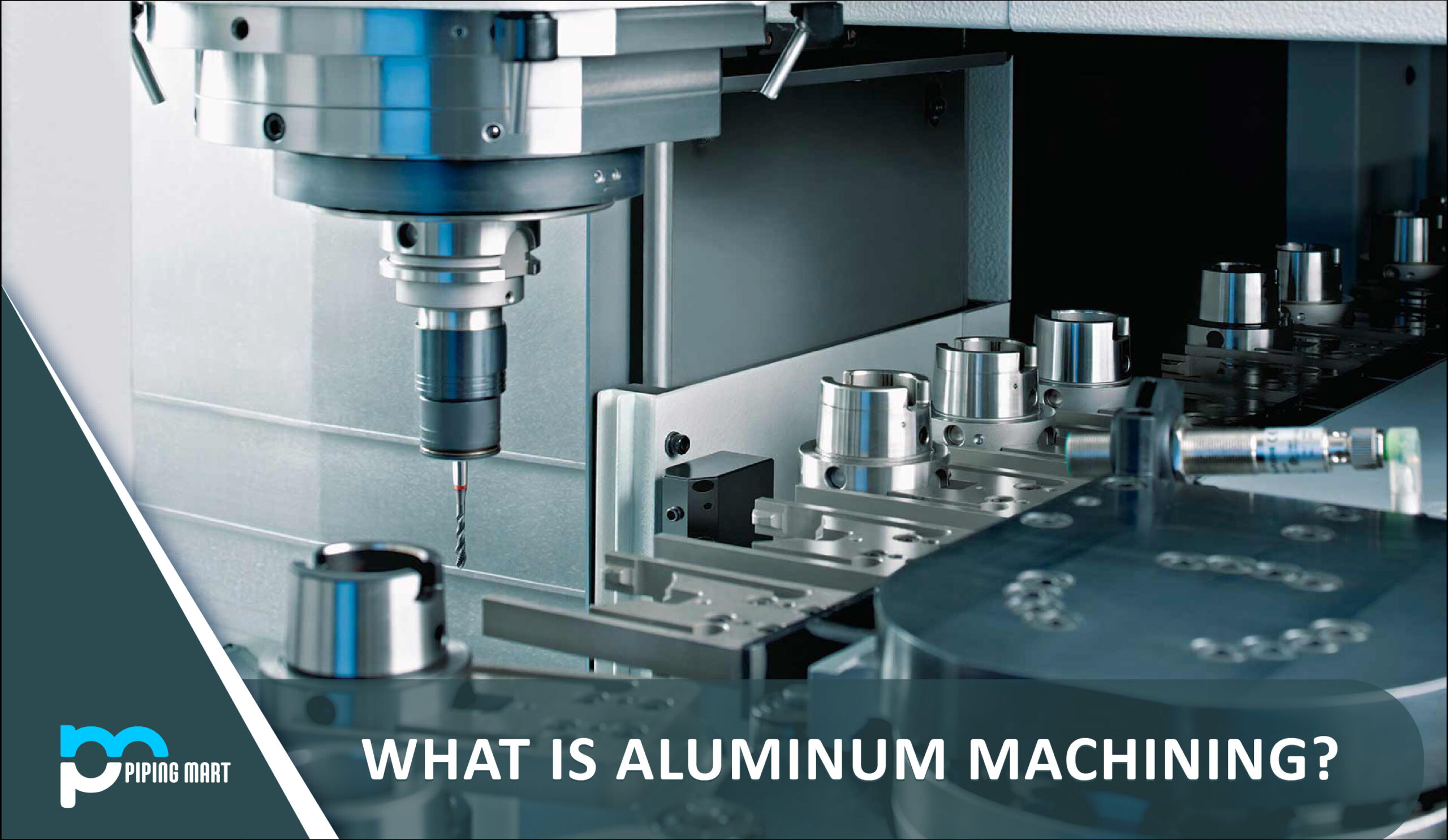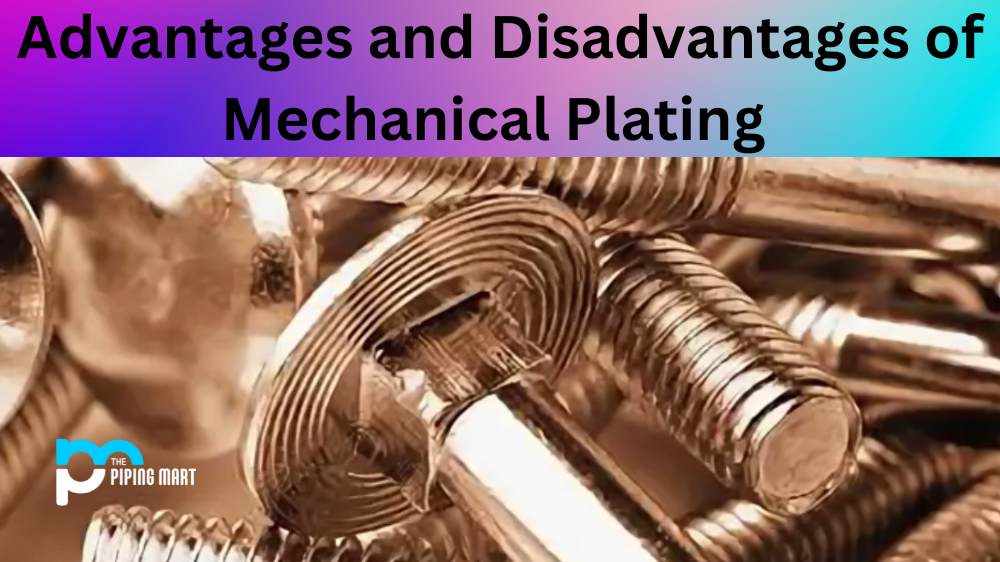Are you considering installing a pressure limiting valve in your system? Pressure-limiting valves are an important component of many systems, from water systems to steam systems. They help to ensure that the pressure in the system remains within a safe and optimal range by regulating it. But what is a pressure limiting valve exactly, and how does it work? In this blog post, we’ll explore the benefits of using a pressure limiting valve as well as how they operate.
What is a Pressure Limiting Valve?
A pressure limiting valve (PLV) is a type of safety device or control system that helps to maintain the maximum amount of pressure within a pipe or system. It functions by controlling the flow rate, which helps to regulate the amount of pressure in the system at any given time. PLVs are used in many different industries and applications, including water systems, steam systems, air systems, and more.
Pressure Limiting Valves Uses
Pressure-limiting valves have numerous uses in various industrial settings. They can be used to limit the maximum operating pressure of pumps and other equipment so that sudden surges in pressure don’t cause damage or failure due to over-pressurization. Additionally, they can be used in hydraulic systems where pressures must be controlled for safety reasons. PLVs are also useful for controlling temperature fluctuations in hot water heating systems by preventing excessive temperatures from occurring during times when demand for hot water is low.
How Does A Pressure-Limiting Valve Work
A PLV consists of two main components – a sensing element and an output element. The sensing element detects changes in downstream pressure, while the output element controls how much fluid passes through it based on those changes. When downstream pressure rises above its set point, the output element restricts fluid flow, thus reducing downstream pressure back down to its set point level. Conversely, when downstream pressure drops below its set point level, the output element relaxes, allowing more fluid to flow through it until downstream pressure reaches its set point again. This process creates a closed loop feedback loop that allows for automatic regulation of upstream/downstream pressures within certain limits as long as all components are working correctly and remain properly adjusted/calibrated for their specific application needs.
Conclusion:
Whether you need to regulate temperatures in hot water heating systems or protect equipment from over-pressurization due to sudden surges in demand, having a reliable and dependable pressure limiting valve (PLV) can be invaluable. By understanding exactly what they are and how they work, you can make an informed decision about whether or not you should use one for your particular application needs! Investing in quality parts like these can help ensure that your system runs smoothly and efficiently with minimal downtime due to unexpected problems caused by high levels of pressurization or other issues associated with too much fluctuation between upstream/downstream pressures within your system’s parameters!

Pipingmart is a B2B portal that specializes in metal, industrial and piping items. Additionally, we share the latest information and information about materials, products and various types of grades to assist businesses that are involved in this business.




